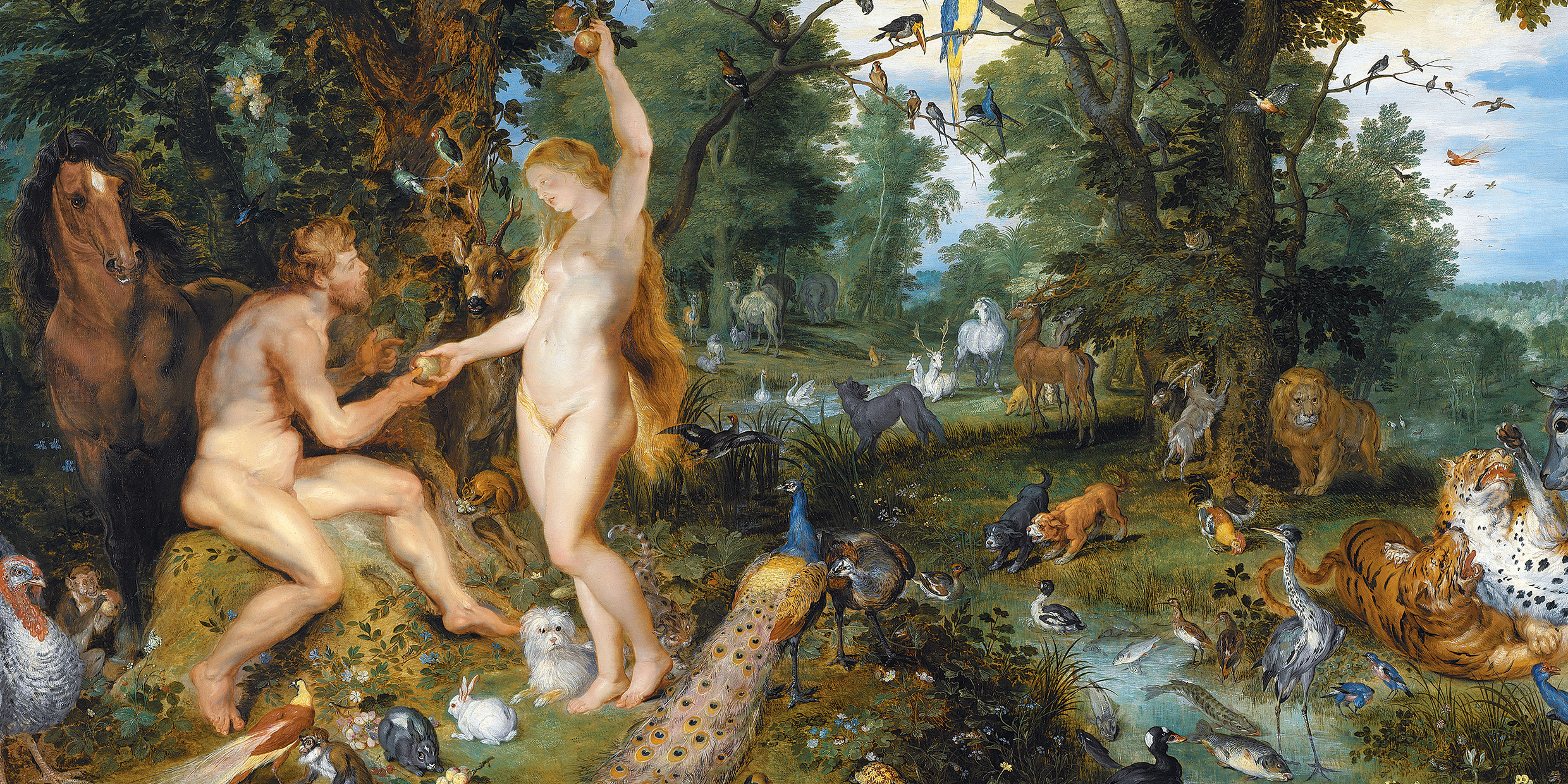Originally published 22 December 1997
During this week of the winter solstice, Jews and Christians recall defining moments of their faith. In these darkest days of winter they celebrate festivals of light, calling out to their hidden god with longing and expectation.
Americans are among the most religious people in the developed world; polls show that 96 percent of us believe in a supreme being. We are also world leaders in science, giving the lie, it would seem, to the old canard that faith and science are in irreconcilable conflict.
Yet we struggle as a people to reconcile our scientific way of knowing with our traditional ways of believing. Metaphorically speaking, we are skeptical rationalists six days a week and people of faith on the sabbath. Or to put it another way, we are skeptical rationalists during the daylight hours, and passionate believers during the dark hours of the night.
The great Jewish rabbi and teacher Joseph Soloveitchik addressed this tension between reason and faith in his wonderful little book The Lonely Man of Faith.
Soloveitchik was born in Russia in 1903 into a family of eminent rabbis. He was trained early in the sacred texts of Judaism, then enrolled at 22 at the University of Berlin to study physics, mathematics, and philosophy. In 1932 he accepted the position of chief rabbi of Boston, where spent the rest of his life. He founded Boston’s Maimonides School and for years commuted to Yeshiva University in New York, where he distinguished himself as a teacher and scholar. He died in 1993.
Soloveitchik’s man of faith is fraught with conflicts and incongruities, caught between ecstasy in God’s companionship and despair when he feels abandoned. He is lonely because faith is inevitably a courageous and private act that springs from an individual’s solitary apprehension of the mystery in the world.
Soloveitchik is aware that his faith has no possibility of empirical verification, and no utilitarian value; it is, in that sense, out of step with the times. However, he is not troubled by any potential conflict between the Biblical doctrine of creation and the scientific story of cosmic and organic evolution. He fully accepts the scientific story of the world, but reaches beyond to touch a deeper, more abiding presence.
The first two chapters of the Judeo-Christian scriptures give us somewhat different characterizations of the chief protagonist, Adam. These do not represent different sources or traditions, says Soloveitchik, but rather two representations of the human soul, which he calls Adam I and Adam II, corresponding to the Adam of the first and second chapters of Genesis respectively.
Adam I is driven by curiosity. He wants to know how the cosmos works; he is less interested in the why. His practical destiny is to “fill the Earth and subdue it,” which he pursues boldly and aggressively. He is creative and abstract, imitating in his mathematical theories the creative act of God Himself. His representative in the modern world is the scientist, mathematician, technologist, and secular philosopher.
Adam II is also intrigued by the cosmos, says Soloveitchik, but “looks for the image of God…in every beam of light, in every bud and blossom, in the morning breeze and the stillness of a starlit evening.” He wants to know why there is something rather than nothing, and what is the purpose of things and events. His contemporary representative is the mystic, the poet, the ascetic, the person of faith.
Adam I is uninterested in questions that cannot be answered empirically; Adam II is more introspective, more spiritual, trusting his intuition of the divine. Adam I seeks mastery over nature; Adam II wishes to be overpowered by nature.
Adam I asks “how?” Adam II asks, “Who is He who trails me steadily, uninvited and unwanted, like an everlasting shadow, and vanishes into the recesses of transcendence the very instant I turn around to confront this numinous, awesome, and mysterious ‘He’? ”
Although Soloveitchik clearly identifies himself with Adam II, he asserts that Adam I also follows God’s command and achieves dignity through his work. The completion of creation requires the energies of both Adams, he says.
Each of us contains something of both Adams in our soul, a tension that is part of our evolved nature, fundamentally human.
If we are to collectively reconcile science and faith, each of us must confront this tension in our lonely solitude. The person of faith can acknowledge the dignity and rational primacy of science, and the skeptical rationalist can open himself or herself to the abiding presence of the unanswered “Why?”, who is simultaneously the deus revelatus (the god who is revealed) and deus absconditus (the god who hides).
The Greek writer Nikos Kazantzakis described this latter experience in his book of spiritual exercises: “We have seen the highest circle of spiraling powers. We have named this circle God. We might have given it any other name we wished: Abyss, Mystery, Absolute Darkness, Absolute Light, Matter, Spirit, Ultimate Hope, Ultimate Despair, Silence. But we have named it God because only this name, for primordial reasons, can stir our heart profoundly. And this deeply felt emotion is indispensable if we are to touch, body with body, the dread essence beyond logic.”



